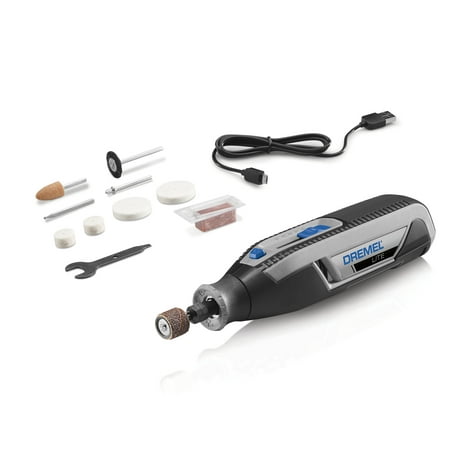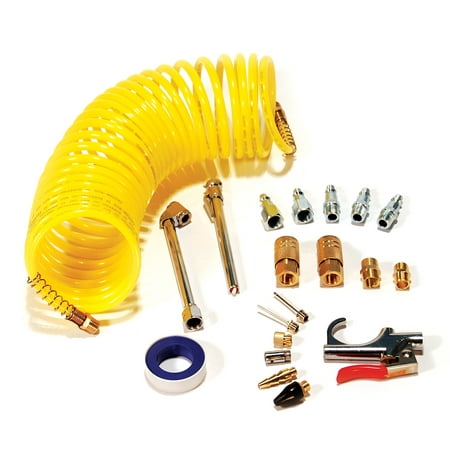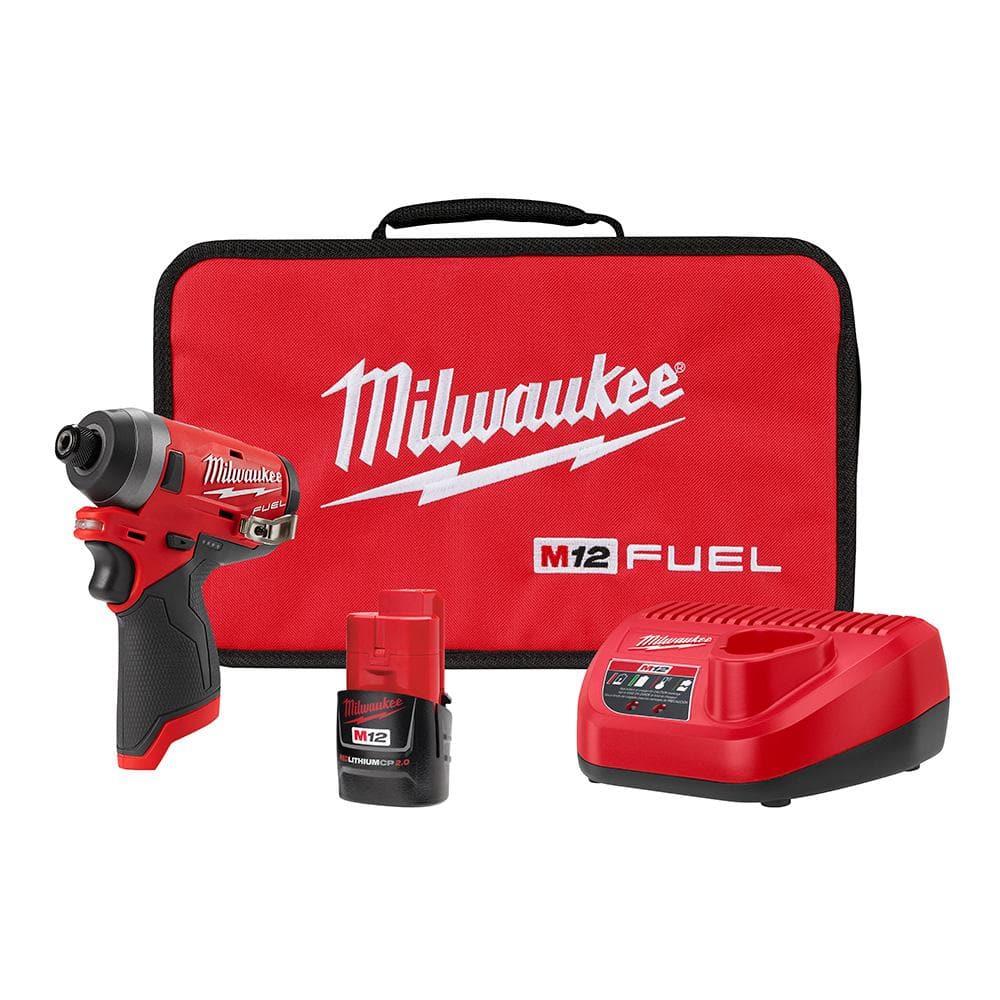Dremel 7760-N/10W Lite Lithium Ion Cordless Rotary Tool with 10 Accessories USB Charged
Designed for beginners in mind, the Dremel Lite is a user-friendly solution for a wide range of projects. Making projects like sanding wood or engraving metal easy. The four different speed settings offer better control for different applications, plus the lightweight design and soft grip make it easy and comfortable to use. The Lite is compatible with Dremel’s entire line of rotary accessories, making it a must-have for busy homeowners and new DIYers.
















Quick and easy accessory changes – with the patented EZ twist nose cap accessory changes are easy and can be done without the need of a wrenchVariable speed switch (8,000-25,000 RPM) – seamlessly adjust to the ideal speed for your projectUSB rechargeable – 4V Li-Ion battery & convenient USB charger ensures that it?s ready whenever you areBattery life indicator – LED light illuminates to notify you when the battery needs to be chargedErgonomic 360 degree soft grip design – soft grip material allows for comfort and precise tool guidancePortable and lightweight – cordless design offers the freedom to take it anywhereVersatile accessory kit – 10-piece assortment to kick start your projects right out of the boxCompatible with all Dremel accessories and most attachments





Reviews
There are no reviews yet.